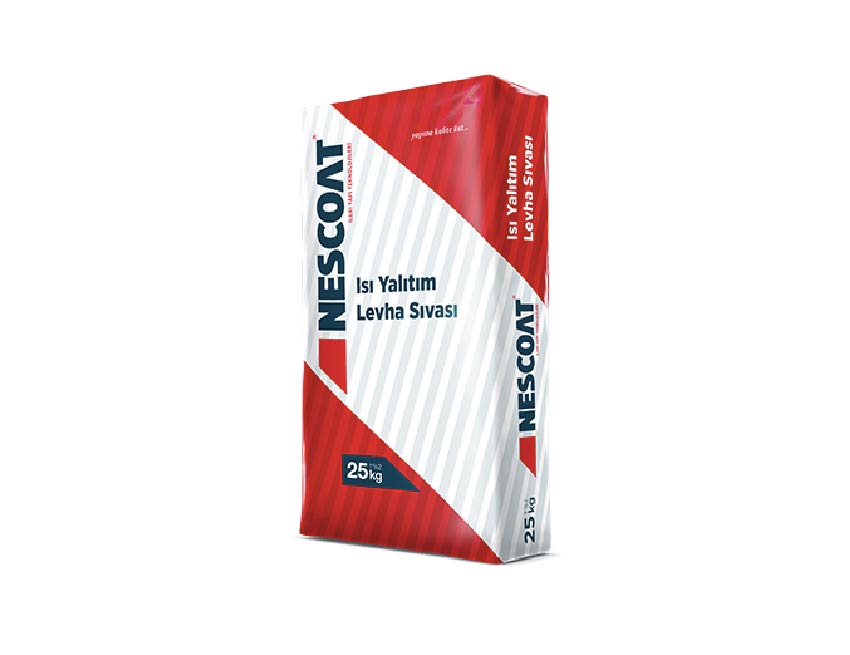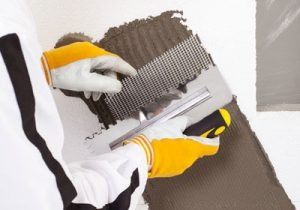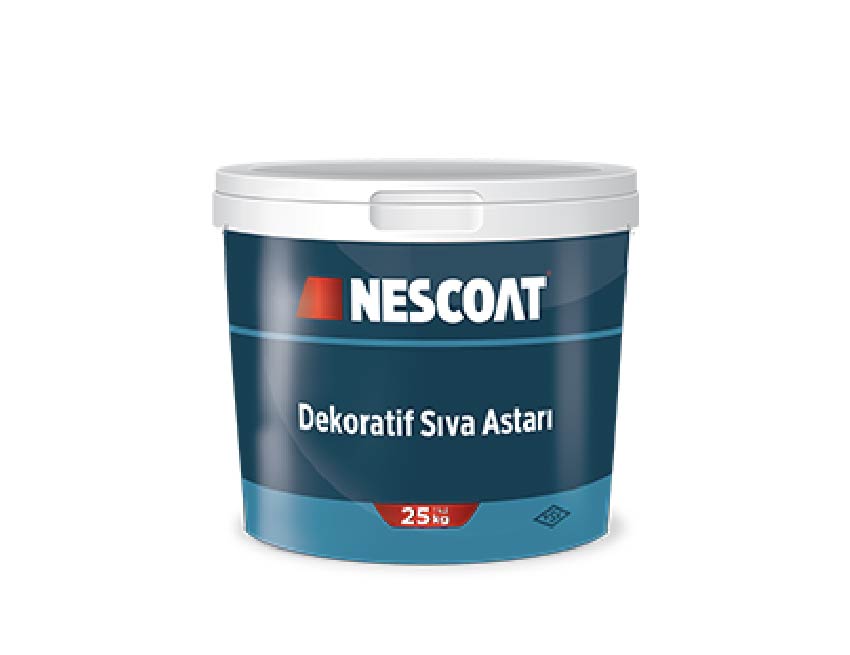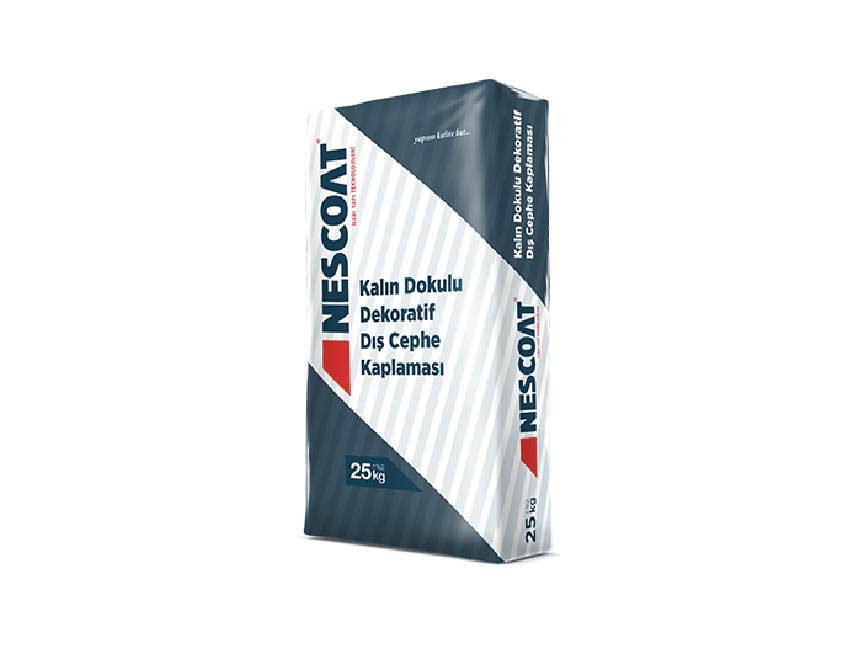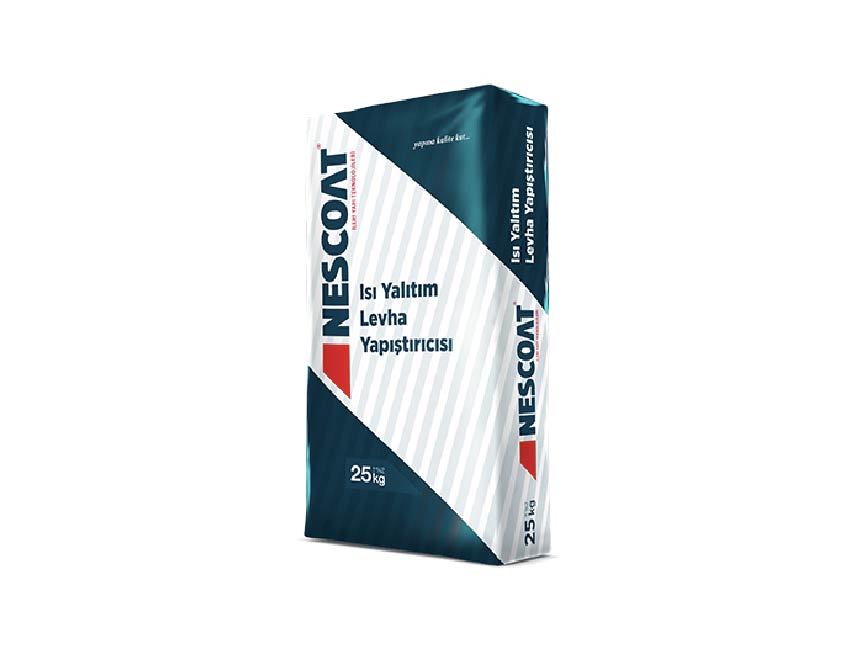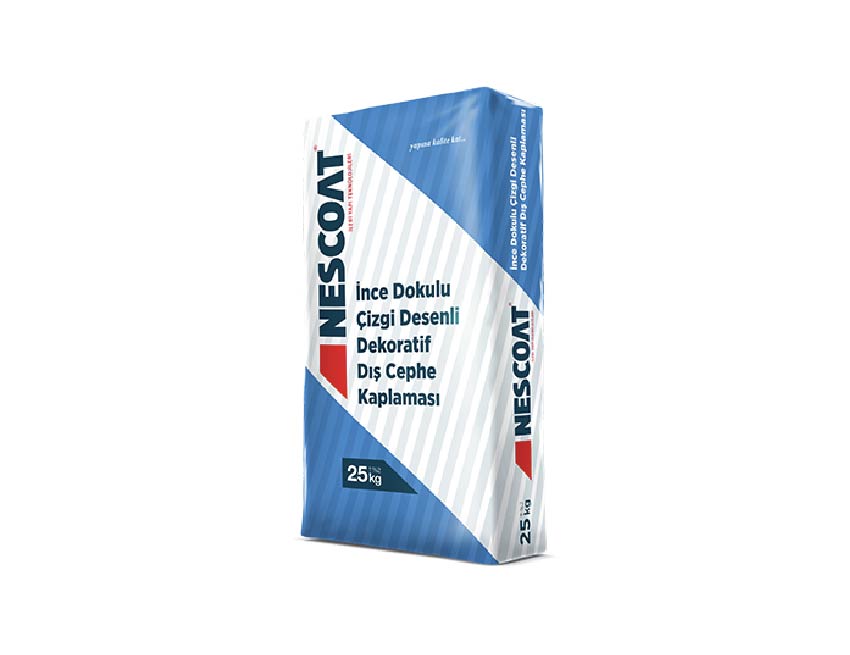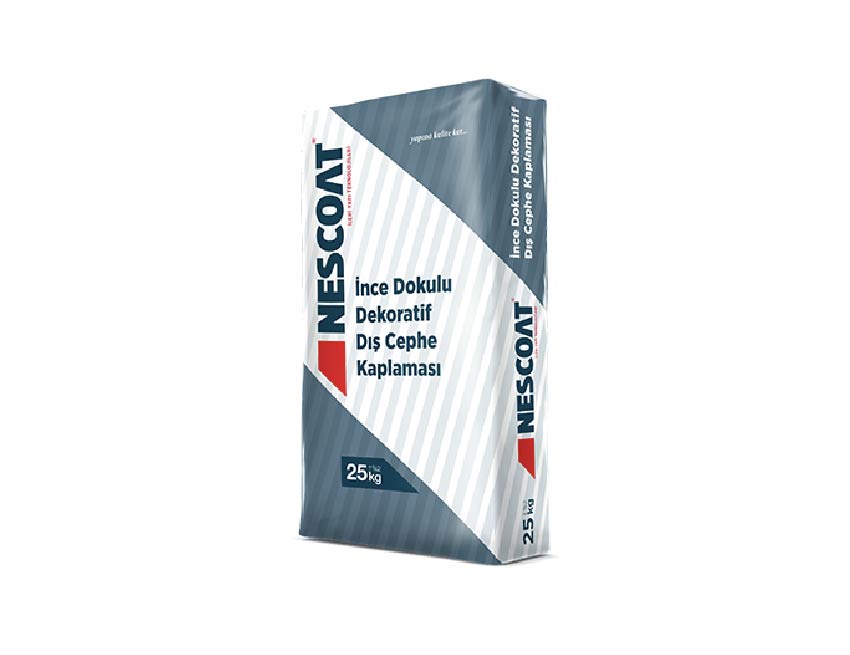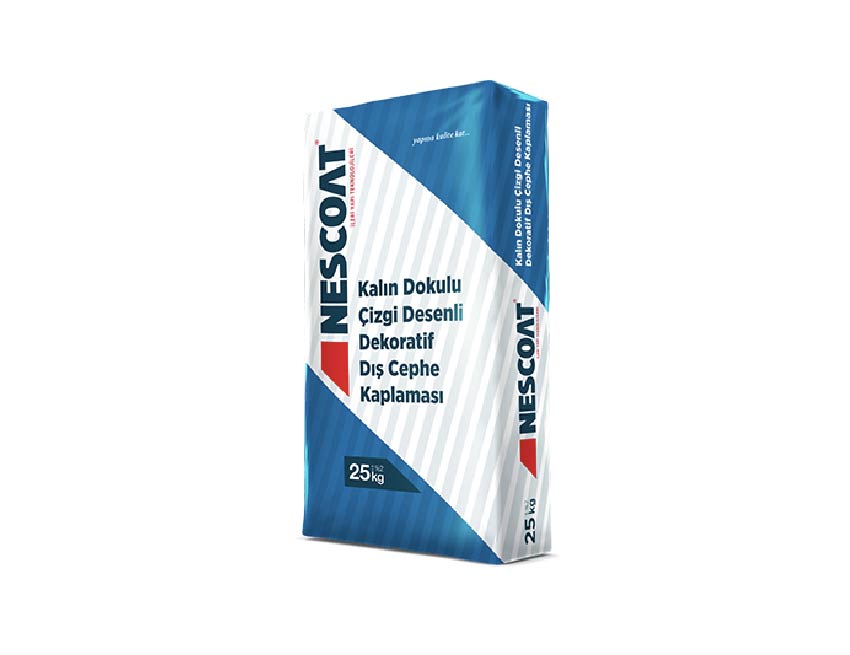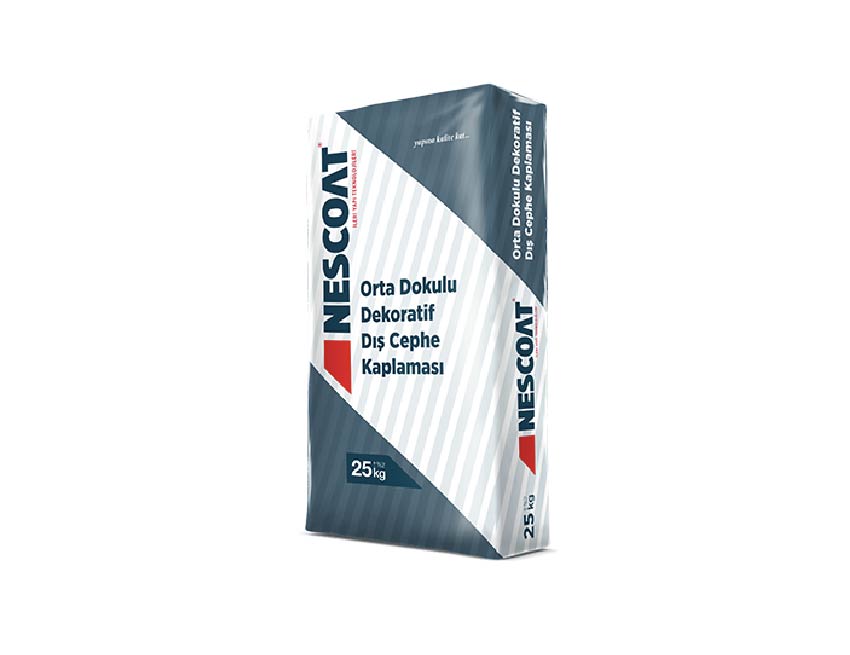DEFINITION
It is a cement-based, fiber-reinforced special plaster that is used for plastering on heat and sound insulation materials such as polystyrene-based and rock wool boards in interior and exterior spaces, and increases the strength of the surface with the application of mesh.
usage areas
It is used for plastering on the thermal insulation board in the exterior thermal insulation system. It is used for plastering on concrete, aerated concrete and hollow block foam in interior and exterior spaces. Residences, shopping malls and hospitals. For horizontal, vertical and overhead applications. In all types of reinforced concrete engineering structures.
ADVANTAGES
It is easy to apply and shape. It has high resistance to all kinds of climatic conditions. Its long-term resistance to outdoor weather conditions has been proven by hygrothermic wall tests. It has a flexible feature thanks to the polymer additives it contains. It has vapor permeability. It is not flammable. Paint can be applied directly onto it. Thanks to the fibers in its structure, it absorbs the stresses and vibrations arising from temperature differences and minimizes the risk of cracking.
SURFACE PREPARATION
Surfaces must be clean, smooth, solid, and free from all kinds of dust, oil, dirt, rust, mold oil, detergent, etc., and similar substances and wastes that prevent adhesion. Surfaces must be smooth and weak parts must be removed. If there are cracks or holes on the floor or wall to be applied, they should be repaired with appropriate NESCOAT repair mortars. The gaps between the thermal insulation boards should be filled with small pieces cut from these boards.
Before the plaster application, dowel holes are opened on the plate using a punch attached to the drill bit. Dowels are hammered. Dowel selection should be made depending on the thickness of concrete, brick, aerated concrete and thermal insulation board. At least 6 dowels should be placed for 1 m² area. As the floor height increases, the number of dowels should also be increased. Opening the dowels properly increases the quality of the application. If the wide round side (head part) of the dowels remains too far outside or too much inside the plate plane, the application will look bad after rain or sunlight. The places where the dowels come from are obvious.
INSTRUCTIONS FOR USE
25 kg of NESCOAT THERMAL INSULATION BOARD PLASTER is slowly poured into 6-7 liters of water at ambient temperature between +5°C and +35°C, and mixed with a low speed mixer (400-600 rpm) until a homogeneous mixture is obtained. -Mixed for 5 minutes. After the prepared mortar rests for 5-10 minutes, it is mixed for another 1-2 minutes before application. NESCOAT THERMAL INSULATION BOARD PLASTER mortar is applied with a steel trowel on the thermal insulation boards. The plaster reinforcement mesh is placed from top to bottom by lightly pressing on the plaster mortar with the help of a steel trowel before it dries. To prevent cracks, 10 cm at the reinforcement mesh joints. are superimposed. After the first layer of plaster has slightly removed its water, a second layer of plaster is applied before it dries. After the second layer of plaster is applied, the surface is smoothed with a steel trowel. The prepared mortar is consumed within 3 hours, expired mortar cannot be applied. After the plaster mortar dries completely, a breathable topcoat coating material is applied.
PACKAGING
It is a 25 kg kraft bag. (PE reinforced)
64 bags with shrink wrap on a pallet (106×106 cm).
